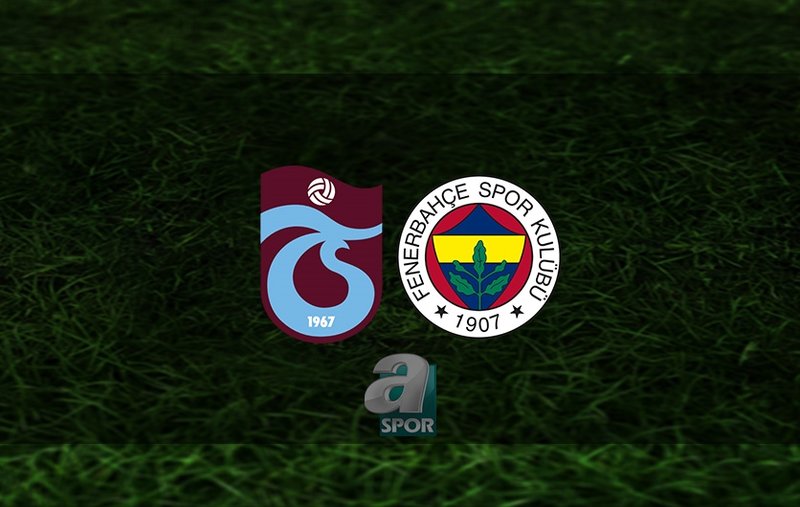(Elbil24): Twice a year you change the wheels on your car, and in between you have to realize that the tires you took off six months before have done their job and must be replaced.
As an Elbil24 Pro member, you have full access to the biggest tire test of the year, and we have also checked the prices of the five best tires in the test.
But it was precisely when we checked prices that it struck us that many people are paying an unnecessary amount for new tyres. The tire size is one thing, but have you noticed that there are more numbers and letters on the tire?
We take a review.
This patch is unknown to many
xxx/yyRzz
The most basic thing when getting new tires is the dimensions. These are written in the form above, i.e. for example 205/55R16.
The first part, in our case 205, is the width of the tire in millimeters. Our tire is therefore 20.5 centimeters wide.
Then comes the number indicating how high the tire is, expressed as a percentage of the width. 55 in our case means that the tire is (205*55/100) 113 millimeters thick when viewed from the side. If you have 50 and above here, the tire is often referred to as a high-profile tyre, while 45 and a lower value on the “second link” denotes a low-profile tyre.
High profile vs low profile
Tires with a tire profile of 50 or higher are often called high-profile tires, while 45 and below are called low-profile.
High-profile tires are usually less expensive and have higher sidewalls that better absorb shock from bumps in the road. They also provide lower energy consumption. But they also provide less precise steering response, weaker braking properties and poorer stability at high speeds.
Low-profile tires are usually more expensive, but for most people they are more aesthetically pleasing. They are more stable at high speeds, and have stiffer sidewalls and a wider contact surface with the road, which means that the steering response is better, at least on dry and good surfaces. A wider contact surface also means that they have better braking properties, but the disadvantage is that they make more noise and that unevenness in the road is more noticeable. A low profile also increases the risk of damage to the rim and wheel suspension.
R indicates the type of tire – in this case radial tyre. In the past, there were also diagonal tires, but no one uses them anymore. The difference lies in how the thread layers in the tire are located.
16 indicates the wheel diameter, i.e. the diameter of the hole in the tyre, given in inches. 16″ is roughly 40 centimetres. It must then fit the rim the tire is to be mounted on.
91 V, 95 W, 99 H …
Lower profile tires are generally more expensive than high profile tires, but one thing that also affects the price to a large extent is the load and speed codes.
They are represented by two numbers and a letter respectively.
Take a look at these two listings in one of the online stores we checked prices at:
The tires have the same dimensions – the only difference is that it says 91V on one and 94W on the other. The price difference is marked – four pieces of the most expensive tire add up to an extra cost of over NOK 1,500.
So let’s look at what exactly these number and letter combinations mean.
91 and 94 are load codes. 91 represents a load of 615 kg, while 94 represents 670 kg. This is the weight each wheel can withstand.
Many people can smoke here
On a Nissan Leaf, for which these wheels are typically suitable, the maximum axle load is 1040 kg at the front (= 520 kg per wheel) and 980 kg at the rear (= 490 kg per wheel). In other words, the cheapest tire lasts a lot.
Then there were the letters. V indicates that the maximum permitted speed with the tires is 240 km/h, while a W tire manages 270 km/h. These are speeds a Nissan Leaf will never reach – not even downhill and into a tailwind.
For a Nissan Leaf owner, in other words, it would have been a complete waste to go for the most expensive variant.
Check the vehicle card
In the registration card on your car (or at The Swedish Road Administration) you will find information on the maximum permissible front and rear axle loads, which you can then divide by two to find the minimum load per tyre.
Below you will find two tables for load and speed codes:
And precisely in the vehicle registration card you will also find what are the approved tire dimensions for your car. The easiest thing is of course to find tires with the same dimensions as the ones you are replacing, but most accept more than one dimension. Remember, however, that you may suddenly have to buy new rims also if you choose a different size.
Other designations
Sometimes you will also come across designations such as XL or SUV, which really only indicate that the tires are suitable for extra large cars. They will then typically have a charge code well into the 90s.
“Runflat” or “Rf” also provides a price premium for many, which simply means that you can drive the tire for a few miles at a reasonable speed even if it has a puncture, so that you can manage without a spare wheel. Here, the side walls have a special structure that makes them withstand more than usual.
PS! Also remember that the tire has a date marking – read more here:
2024-03-17 06:50:27
#means #codes #tire


